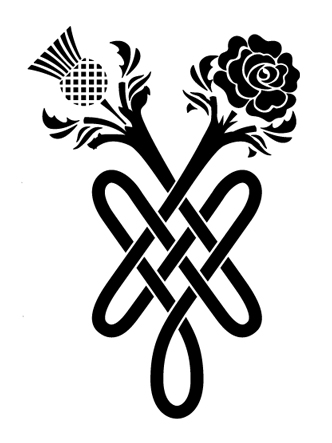| Blurb In the legendary Transylvania, a castle belonging to Countess Erzsébet Báthory is discovered. Cameraman Hunter Cole and broadcast journalist Serena Scott arrive to make a documentary about the discovery, and the sinister Hungarian noblewoman, known as the most prolific female serial killer in history. The two Americans could cope with roughing it in a fifteenth-century castle, with no modern amenities. They can even cope with each other, despite their initial mutual dislike for one another, which gradually turns into a smoldering attraction. But when two girls are tortured and killed in Báthory copycat style, the nearby village is shaken to the core. In terror, they wonder who will be next... |
| Author’s Note Erzsébet Báthory (1560-1614) is a known historical figure and was a Hungarian countess, also known as Elizabeth Báthory, The Blood Countess or Countess Dracula. She has been labeled the most prolific serial killer in history, being responsible for the torture and murder of hundreds of young girls. The exact number of her victims is unknown, but is estimated at six hundred and fifty. It is speculated that she kept a diary with the names of all her victims, but if such a document exists, it has never been made public. *This work is entirely fiction. |

Anca-Melinda Coliolu, writing as Melinda De Ross, lives in her native Romania with her husband and a pair of rude parrots. She attended Law School and got her degree but worked as a journalist for several newspapers, polishing her writing skills.
It never occurred to her that she wanted a career as an author until she began writing, as therapy to get perspective on a crucial part of her life.
Melinda was a professional target shooter for a decade, winning multiple National Championships. She was breaking records in her teens until health issues forced her to give up the sport.
Out of that heartbreak, Rendezvous with Hymera – her first novel – started taking shape and so began her career as a Romantic Suspense author.
Melinda has always been a fan of writers like Diana Gabaldon, Nora Roberts and Sandra Brown. Currently she weaves romance into tales laced with the paranormal and occult. Her interests in yoga, philosophy and a large range of other disciplines give her work depth and color.
Other books by Melinda De Ross include: Unabridged, The Coriola Series (Mirage Beyond Flames and Dante’s Amulet), Chronicles of The Blood Countess, Be My Valentine, and A Touch Of Poetry.
She loves to hear from her readers, and you can find her at:
http://melindadeross.wordpress.com/
https://www.facebook.com/pages/Melinda-De-Ross/513999791983330
https://twitter.com/melinda_de_ross
https://www.goodreads.com/author/show/7163748.Melinda_De_Ross












 RSS Feed
RSS Feed